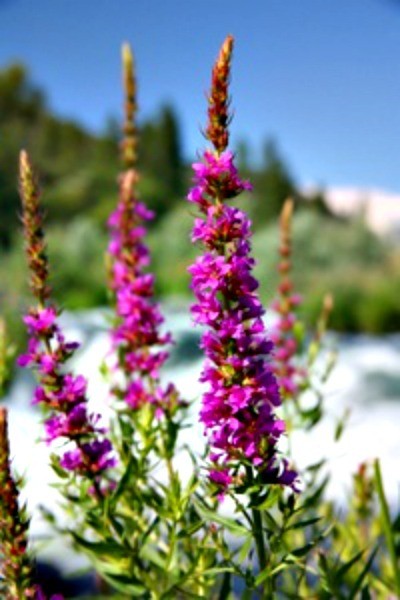
Each year millions of dollars are spent, and tons of herbicides are applied, in what is sometimes a futile attempt to combat the spread of invasive plants. Here is what you need to know about the invasive plant problem and what you can do to help.
Plants are classified as invasive when they have proved their ability to thrive and spread (aggressively) outside of their native range. Some plants spread slowly to only small areas and never really become a problem. Other plants are naturally aggressive in their native habitat. When these plants spread to outside their native range, they tend to be equally as aggressive. Before you know it, native plants (and the animals and insects that depend on them) are crowded out and biodiversity is lost. In areas where rare native species are already under pressure, the spread of invasive species can be the straw that breaks the camel's back.
The 5 Characteristics of Invasive Plants:
Invasive plants spread in a number of ways. Some were imported years ago and have never been fully eradicated. Others are introduced accidentally through agriculture and trade. And some are the result of well-intentioned horticultural practices gone bad (like selective breeding for traits of extreme resiliency).
Learn to identify plants that are known to be invasive locally. Your local Department of Natural Resources should be able to supply you with information. There are also some great resources online, like http://www.invasive.org
Do your part. As soon as you notice an invasive species on your property remove it. If you see invasive plants in your neighborhood, volunteer to help other property owners remove them.
Choose plants for your landscape wisely. The behavior of a plant can vary widely from region to region. Always check a plant's invasive reputation before adding it to your landscape. What may be loved by one gardener (e.g. trumpet vine, monkey grass) may be a huge headache when planted in your zone.
Consider using native plants or non-invasive alternatives in your landscape.

About The Author: Ellen Brown is an environmental writer and photographer and the owner of Sustainable Media, an environmental media company that specializes in helping businesses and organizations promote eco-friendly products and services. Contact her on the web at http://www.sustainable-media.com
Add your voice! Click below to comment. ThriftyFun is powered by your wisdom!
You can put salt on the flowers & etc you do not like or get something stronger at Lowe's to kill it, like grass or bush killer, good luck.
Some are so pretty when you first see them, like wild violets. Then they just take over your yard. It has taken me 2 years to get rid of most of them with a combination of RoundUp and just pulling.
Chemical weedkillers like Roundup are illegal in my city. The most effective method I have found so far is to dig the roots up manually and cover the plot of ground with heavy black plastic for a whole season so that the heat of the sun in summer can cook the remaining bits of root, and the plastic continues to stifle any efforts at growth during the other seasons. That has worked for invasive vinca and lily of the valley.
Add your voice! Click below to comment. ThriftyFun is powered by your wisdom!